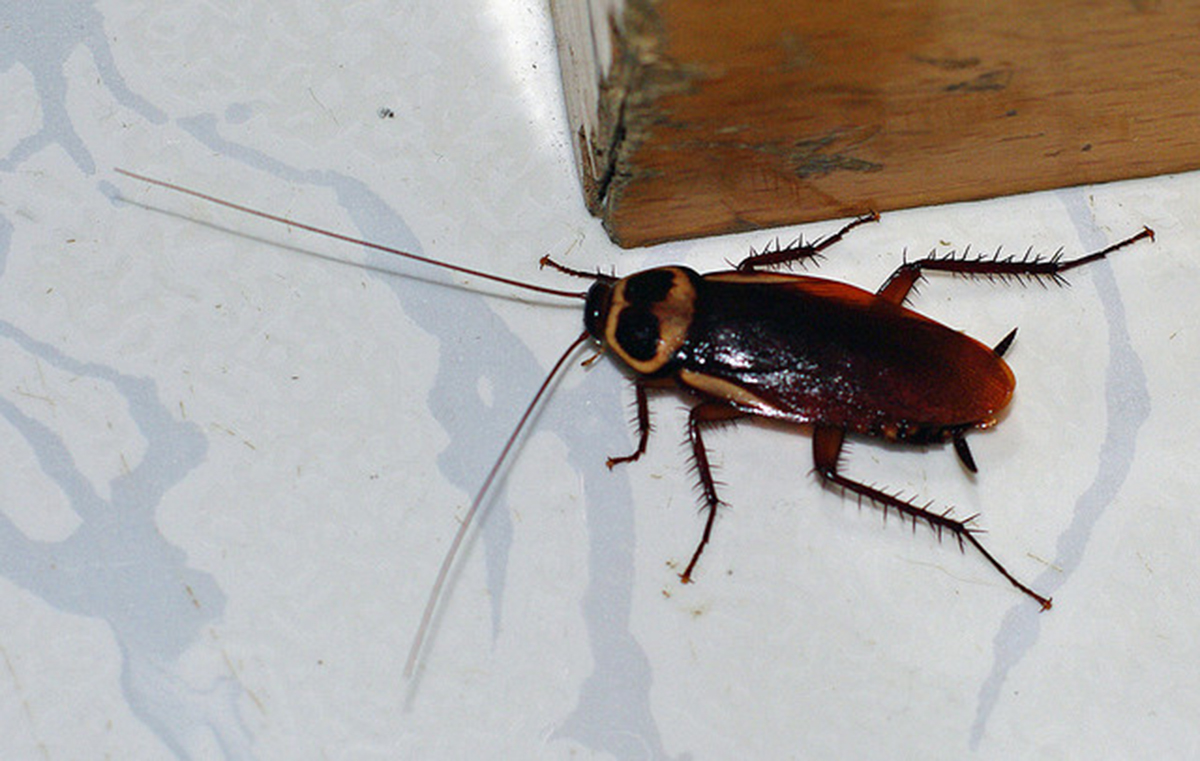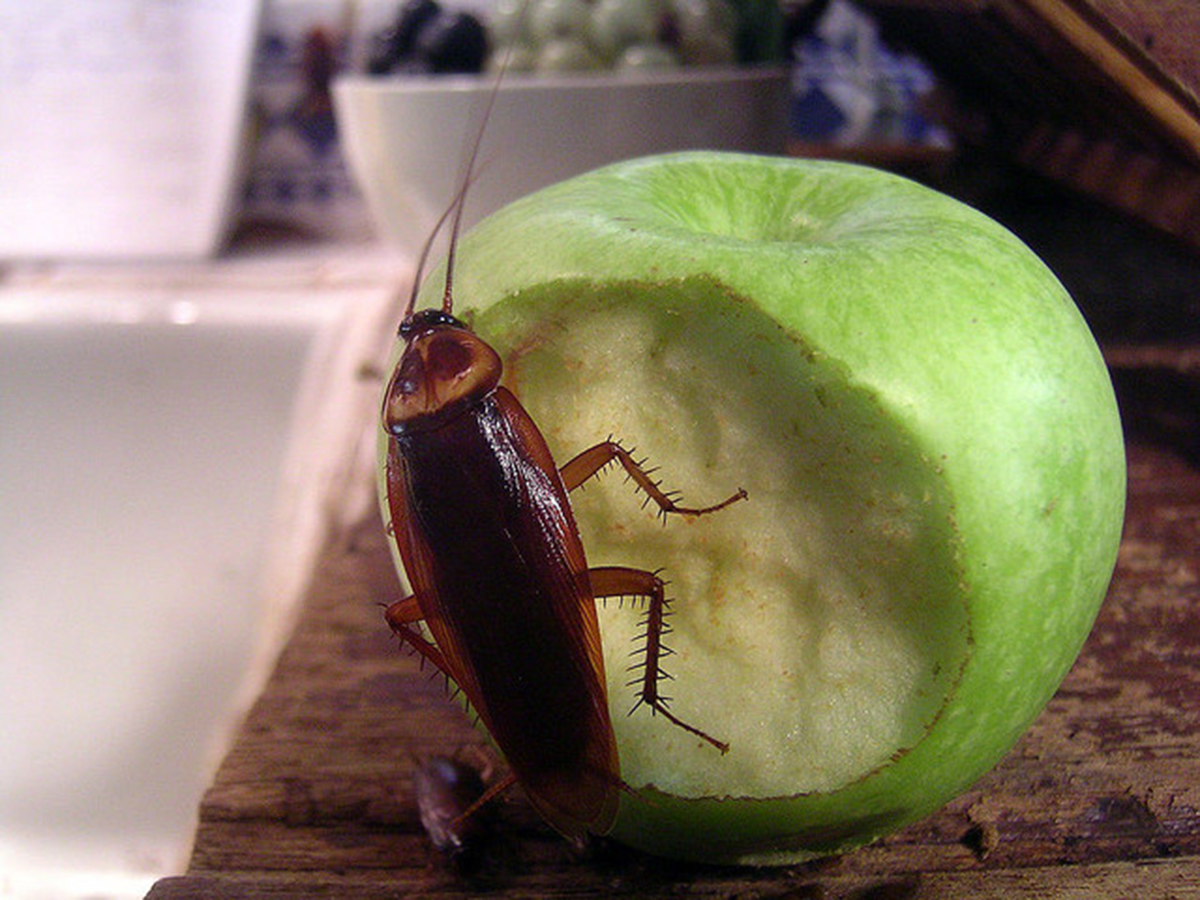The cockroach in the Pixar movie Wall-E, a lone survivor of an environmental apocalypse, invoked feelings of tenderness in viewers as it kept the friendly robot company. It also made the point that roaches can survive almost anything, including — it's said — Chernobyl. Whether they're reddish-brown, dark brown, or black, most people don't see cockroaches as little sturdy friends that never die. Rather, they instinctively recoil when a roach finds its way into their bed or onto their food. Bugs in general tend to creep people out, and in the case of cockroaches, there's a good reason for that. Cockroaches aren't merely an irritating and fear-inducing pest — they pose a real health hazard. So, unfortunately, do some of the chemicals commonly used to exterminate them. What's a person to do when they're facing a roach infestation, then?

Why Cockroaches Are More Than Just Creepy
Among the most common pests in homes across the world, roaches mainly emerge at night, when they take over your home and go in search of food and water. Though tropical in origin, these hardy insects can live almost anywhere. As long as your home contains water, food, and warmth — and since you like those things too, it probably does — it's a suitable environment for cockroaches. Living in groups and able to squeeze into the tiniest of cavities, cockroaches will hide out in your drain pipes, behind electricity outlets, underneath your kitchen cupboards, in your electric devices, and within any other nook and cranny in your home.
Roaches have always lived in close proximity to humans. Though they may fly into your home from the great outdoors, they are also extremely likely to creep up or down sewer pipes if you live in an apartment building. If your neighbors have roaches, it's pretty much inevitable that you'll get them too.
- Cockroaches eat almost anything. Your food may be a tasty treat, but so were your feces, along with things like glue, soap, skin cells, and dead animals. As they walk over your food, roaches contaminate it with all kinds of nasties. They also leave behind their feces, eggs, and bodily cells. Don't want to eat all that, do you? If you do, it can give you any disease that was present in what the roaches left behind, and we all know human feces can spread all kinds of diseases. Salmonella is just one example of the type of little "gift" roaches may leave in your food.
- Micro-organisms that make humans ill are an integral part of cockroaches' digestive systems — and they regurgitate bacteria-infested saliva while they eat. Pseudomonas aeruginosa, which is very common in roaches, is a bacterium that can give you UTIs and digestive problems, along with sepsis!
- Close encounters are possible. Roaches do, sometimes, bite people, and they can also enter your bodily orifices.
- Roach saliva and feces contain hundreds of different allergens, which can give you typical allergy symptoms such as watery and red eyes, sneezing, coughing, and skin rashes. If you already suffer from asthma, roaches can make it much worse.
Ridding Your Home Of A Cockroach Infestation
- Live in a temperature climate where cockroaches can't survive the winter outdoors.
- Live in a free-standing house, rather than an apartment building.
- Keep your home immaculately clean, including ensuring that all food is out of reach — in the fridge or packed in air-right containers. Food particles should immediately cleaned up.
- Eliminate roaches' source of water. This is almost impossible.
- Check anything you bring into your home for the presence of cockroaches.

Spraying Or Fogging For Roaches
- Using aerosols in your home is a guaranteed way to be exposed to the pesticides yourself, along with your kids, any visitors you have, your pets, and your plants. Everyone who enters the premises after a fogging will inhale tiny particles of the active ingredient.
- Whether you're DIY-ing the fogging or hiring a professional, make sure to follow the instructions. Stay out of your home at least for the advised duration, and open all windows to air your home when you return.
- If you are in the US, only use US EPA approved products, and only in the manner advised.
Which Poison?
- Photo courtesy of 74568056@N00: www.flickr.com/photos/74568056@N00/3885767820/
- Photo courtesy of neilt: www.flickr.com/photos/neilt/8011331/


Your thoughts on this